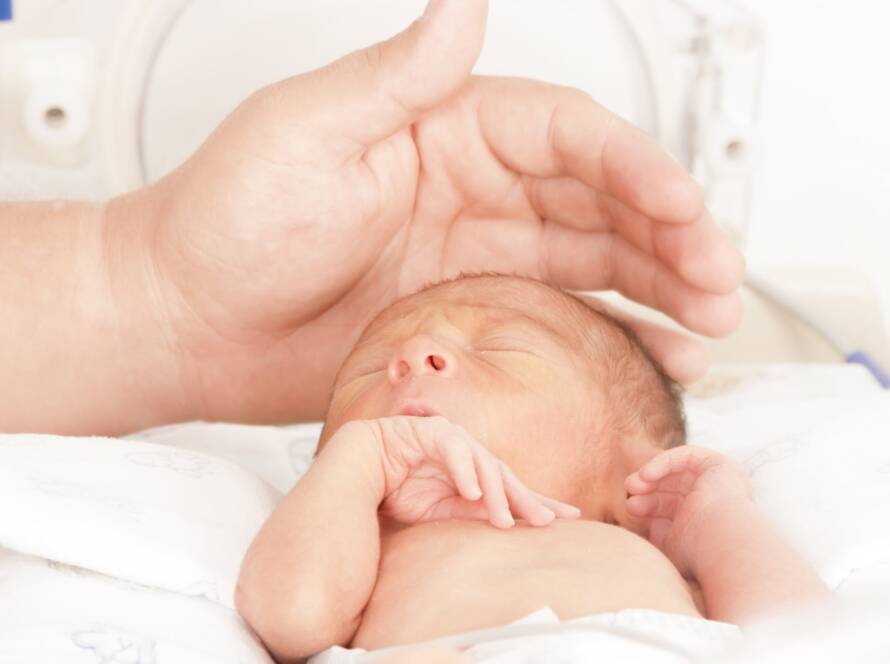Out of every 100 couples with problems having children, 30 of them are due to a problem with the fallopian tubes
What should be done?
Today it is estimated that there are approximately 80 million couples with fertility problems in the world. Many of these are located in underdeveloped countries. In our country, up to 15% of couples who are looking to have a child will have problems conceiving it. Among the most frequent causes of infertility. The alteration of the pelvic anatomy (Pelvic Organs involved in Fertility: Uterus, ovaries, fallopian tubes), contributes to 30% of reproductive problems.
Pelvic infections, secondary to sexually transmitted diseases (Chlamydia, Trichomonas, Syphilis, Blenorrhagia), endometriosis, complications of abortions and postpartum infections, are among the main causes.
Fallopian tube adhesion problems are often due to undiagnosed or untreated pelvic infections.
General
Frequency
Symptoms
Diagnosis
Treatment
Frequency
30% of infertile couples are infertile because of a fallopian tube problem.
Symptoms
It does not always have symptoms. In acute cases of pelvic infections: High fever, pelvic pain -lower abdomen-, vaginal discharge.
Diagnosis
Transvaginal ultrasound, Laparoscopy, Direct and Gram vaginal discharge, Hemoleukogram.
Treatment
Antibiotics, Surgical Laparoscopy in case of adhesions.
Most common symptoms and diagnostic options
In patients with tubal adhesion problems or obstruction, symptoms do not always occur. The symptom as such is infertility itself. In cases where this alteration is due to infections, endometriosis, symptoms such as pain, fever, pain with menstruation and sexual intercourse may occur. In acute episodes of pelvic infections, known as Pelvic Inflammatory Disease, the patient presents symptoms such as high fever, loss of general condition (weakness, decreased appetite, dehydration), accompanied by pain in the lower abdominal region and altered vaginal discharges (increased amount, yellow or greenish in color and foul-smelling).
It is very important to clarify that on many occasions these severe infections can be prevented by diagnosing bulbar and vaginal infections in time, before they ascend to be located in the uterus (Endometritis), or in the tubes or adnexa (Fallopian tubes and ovaries), until they cause pelvic abscesses. Finally, the most timely way is to prevent sexually transmitted infections, through the use of condoms and adequate sexuality.
Treatments
Tubal obstruction treatments are usually performed surgically. Surgical laparoscopy is the first option to attempt the release of adhesions, the correction of distal obstruction problems. Sometimes, when a distal tubal obstruction is found, the tube can be reconstructed. This surgery is Neosalpingostomy, another option is fimbrioplasty, which consists of the recovery of the distal part of the tube by means of laparoscopic surgery. In cases of obstruction in the proximal part, hysteroscopy (evaluation of the uterine cavity) can be used to try to channel the tubes with catheters designed for this purpose. This procedure is called selective cannulation and can be the solution in obstructions of the tubes at the proximal level.
Finally, in patients who have undergone tubeectomy surgery (obstruction of the tubes for contraceptive purposes), reconstructive surgery can be performed with good results if there is no irreversible damage to the tubes. Antibiotic treatments are another option when infectious conditions are found as a causative factor of tubal damage.

